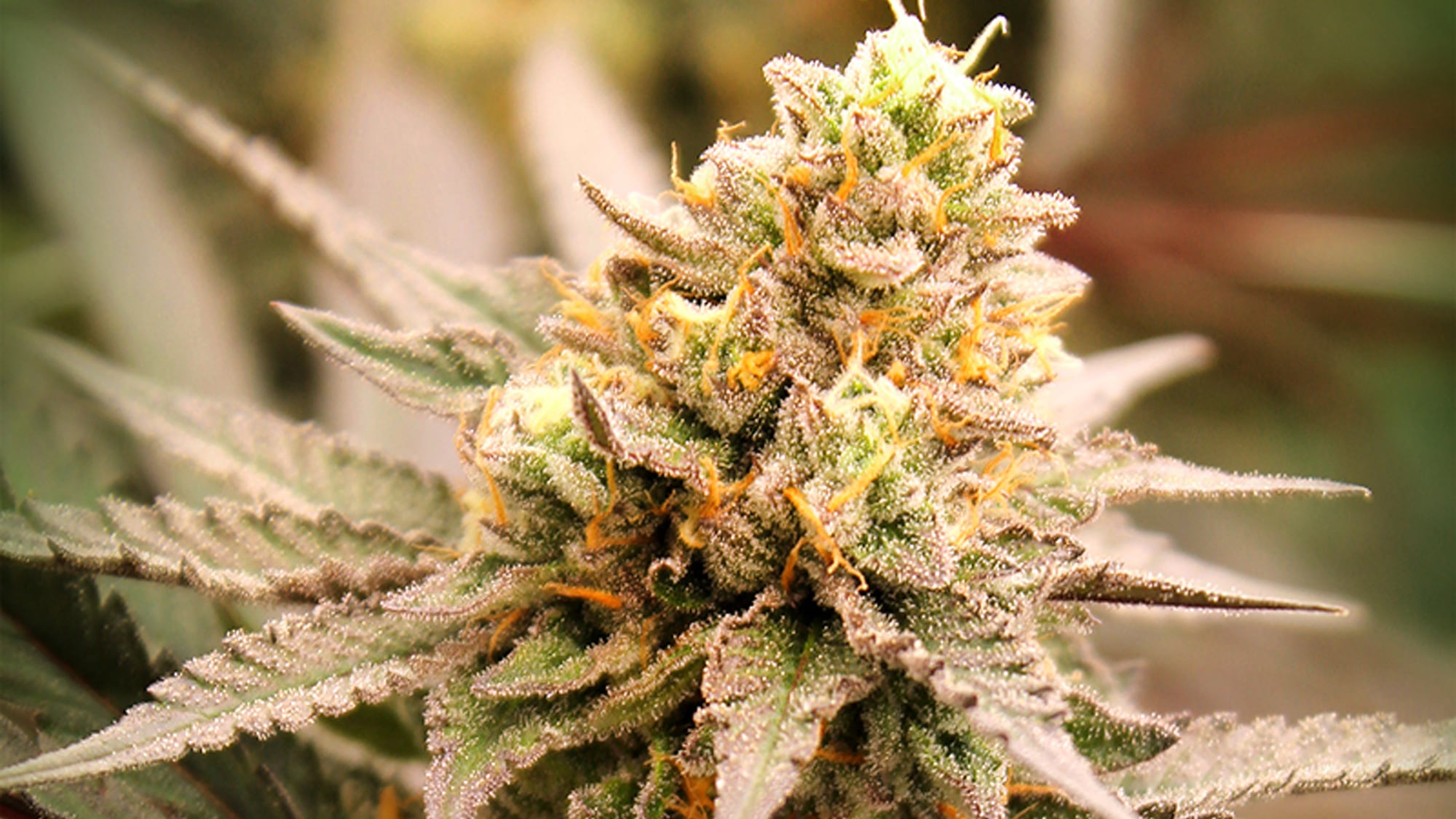Jesse Peters worries about the phone book. He worries about junk mail, and snack wrappers, and the brown bags his cannabis growers at Canby's Eco Firma Farms use to carry their sandwiches to work. And he's also lost a lot of sleep worrying about where to put the veg room where his nursery plants grow.
"We're trying to decide," he says. "Do we put our veg room next to the flower rooms, or separate them because of the possibility of an outbreak of a pathogen or pest? Do we want our veg room separate so we don't cross-contaminate?"

The decision matters: Every extra footstep he takes brings him farther away from total sustainability. At Eco Firma's new indoor grow site, home to his line of hand-rolled Pacheco cigarettes and 54 marijuana strains from Voodoo Child to Alaskan Thunder Fuck, Peters has set himself what may be an impossible goal. Like Bhutan and Vatican City, he wants to be completely carbon neutral, growing energy-intensive cannabis while releasing no net carbon dioxide into the atmosphere. It's something almost no other cannabis farm is even attempting, aside from pot start-up Cache Creek in California and an outdoor grow in Colorado that announced its carbon-neutral status last week.
"Going out and saying we want to be Oregon's first carbon-neutral farm is different from saying sustainable gardening," says Peters. "Carbon neutral is very specific. You've got to alienate people. We deal with contractors, we get mail. How do I control for this? These things are coming to our farm: Are they on recycled paper? I didn't make the phone book, but it's here—this is a massive rabbit hole, but it's one we have to go down."
Peters, who spends half his week working as a firefighter, says his military background has perhaps contributed to his obsessiveness on the subject.
"There's a certain meticulous nature. I spent 23 years in the Marines doing explosives, which are very unforgiving," says Peters. "There's stuff you learn in the military: The idea is to leave a place better than you found it. That's different than in war, but in training there are things I learned about being meticulous."
Some of the largest steps, Peters says, were the most straightforward. It meant checking that box on his PGE bill to receive all of his energy from wind power, which he says only a couple other growers do. And it also meant drawing all of his water out of a well instead of getting it from the local utility.
"We're 90 percent of the way there," says Peters, whose grow site is currently Green Mountain Energy Gold certified. He expects to reach platinum status within the year. "But 90 percent is easy. That extra 10 percent is so many little pieces. You can't just recycle. You have to look at everything: What kind of containers does it come in? Can you recycle the lid? Can you recycle the container the lids came in?"
Peters says that his current goal is to completely rid himself of garbage service—which partly means handing out reusable containers to his four employees so they don't have to throw away garbage they bring.
"It starts with the little things," he says. "Get extra recycle containers and put them everywhere. Print out recycling guidelines, buy snacks for your employees, make sure the packages are 100 percent recycled materials—that's really difficult."
Peters says he doesn't know whether he'll ever get to complete sustainability, or whether it's even possible without buying carbon offsets. But he also says he feels the need to try so he "can know when I see a deer in the yard or a child being born or a bird in the sky I'm trying not to contribute to their demise."
While he wants the rest of the cannabis industry to follow suit, he also reveals a slight competitive streak: Cultivated Cannabis also went to wind power, he says, but he did it six months before them.
As for the veg room, Peters had to make a small compromise on efficiency, concerned that the potential for contamination was too great if they grew their nursery plants to the farm's four grow rooms.
"Let's do the math," he says. "Take the stopwatch out: How long does it take from point A to B? Extrapolate it: How much time would it take to equate to losing one harvest at this dollar amount? Then we decide. It turns out it'll take 3.5 years of extra footsteps to equate to one half of a harvest."
He pauses, considering.
"OK," Peters says, "let's space the veg room out."

Welcome to the Harvest Issue 2017
Nine Of Our Favorite New Portland Weed Hookups—Including One Delivery Service
The Story of Portland Cannabis As Told Through the Iconic Cultivars of the Pacific Northwest
The 17 Cannabis-Centric Events We're Most Excited About This Fall
Here's Why You Can't Get High Just By Eating Weed Flowers or Throwing Them in Brownie Mix
One Oregon Cannabis Farm Is Setting Out To Be Entirely Carbon-Neutral
How Oregon's Cannabis Industry Plans To Keep Wealth Here, and Help Right the Wrongs of the Drug War
Here's a List of Some of Our Favorite Cannabis Bargains
How To Make Pot Chips Using the Leftover Leaves From Your Marijuana Harvest

